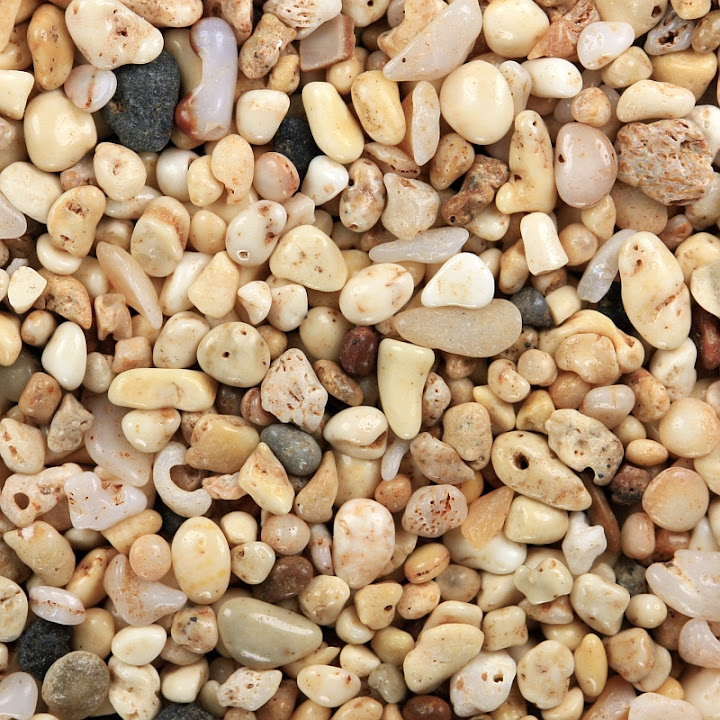Biogenic sand is composed of exoskeleton or bone fragments of dead sea (usually) creatures. This sand is widespread in low latitude (less than 35°) beaches. There are many different organisms that can contribute to the formation of this sand type and therefore one biogenic sand may greatly differ from another. Biogenic sand is usually light-colored and its components are usually made of carbonate material although some organisms prefer silica. Important source material are the remains of clams, sea snails, foraminifera, algae, corals, echinoids, sponges, etc. Sand may consist of up to 100 percent of biogenic grains but mixtures of mineral and biogenic grains are common also.

A sand sample consisting of corals and foraminifera from Bermuda.

Biogenic sand (forams, corals) from Molokai, Hawai’i.

Biogenic grains from Majorca, Spain.

Biogenic grains from Zakynthos, Greece.

Globigerina ooze covers large areas of ocean floor. These forams are gathered from the seafloor of the Weddell Sea (3500 meters below sea level) near Antarctica. Width of view 5.1 mm.
I have also written about coral sand. Find out what is the difference between biogenic and coral sand.
Have you ever come across a sand , with grains as big as long grain white rice, and each grain has a small black spot.? found in floor of jungle swamp.
No, I have not seen it. Do you have a photo?